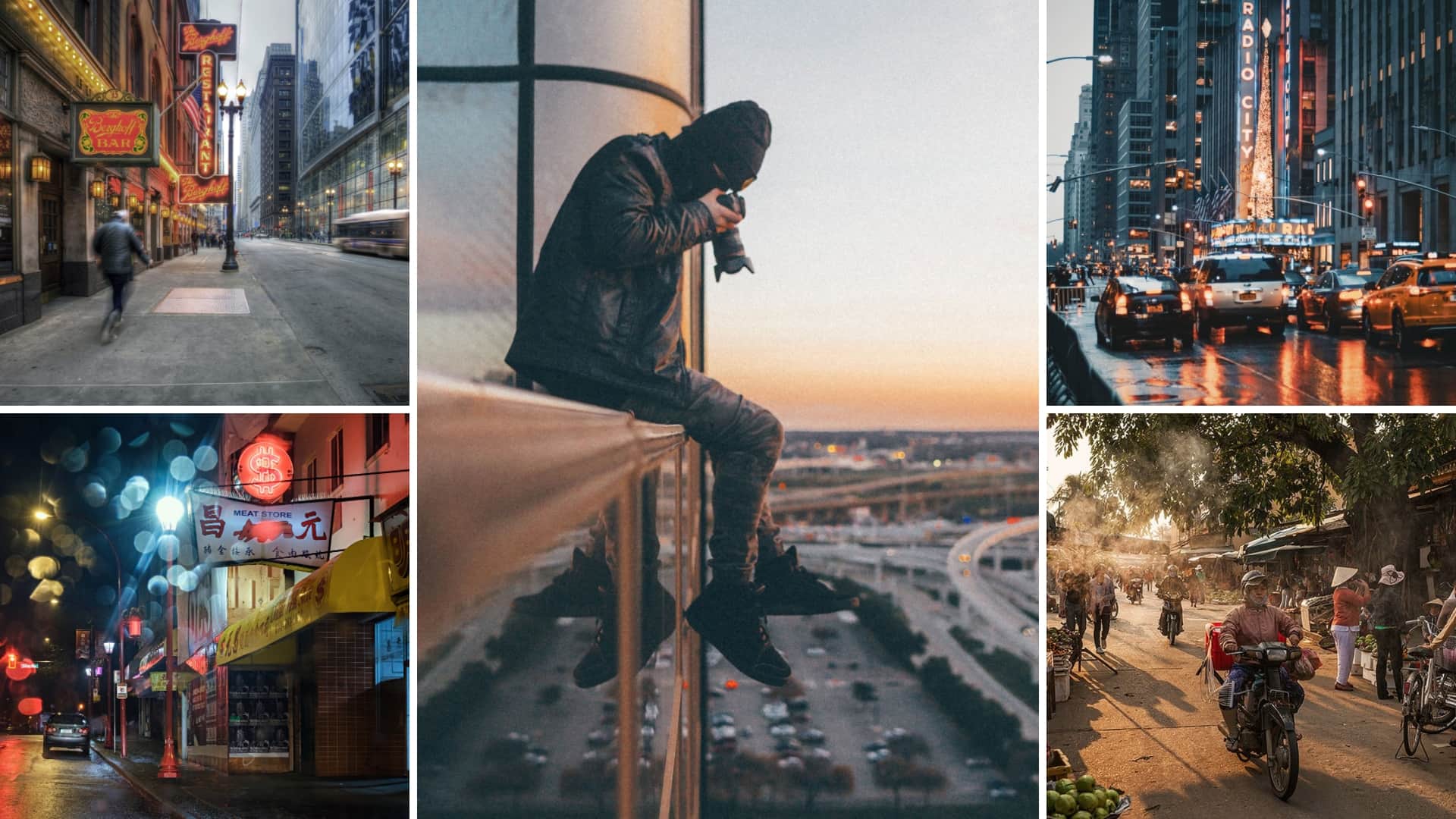Our Framing Streets Statements
Our Framing Streets Statements
Blog Article
Top Guidelines Of Framing Streets
Table of ContentsThe Ultimate Guide To Framing StreetsFraming Streets Things To Know Before You BuyWhat Does Framing Streets Do?Excitement About Framing StreetsSome Known Details About Framing Streets Fascination About Framing Streets
, usually with the aim of recording pictures at a definitive or poignant moment by cautious framework and timing. https://www.avitop.com/cs/members/framingstreets1.aspx.
, that was influenced to take on a comparable paperwork of New York City. As the city established, Atget assisted to promote Parisian roads as a worthwhile topic for digital photography.

An Unbiased View of Framing Streets
The chief Mass-Observationists were anthropologist Tom Harrisson in Bolton and poet Charles Madge in London, and their very first record was produced as the book "May the Twelfth: Mass-Observation Day-Surveys 1937 by over 2 hundred observers" [] Window cleaner at Kottbusser Tor, Berlin, by Elsa Thiemann c. 1946 The post-war French Humanist College professional photographers located their subjects on the road or in the diner. Between 1946 and 1957 Le Groupe des XV each year exhibited work of this kind. Andre Kertesz. Circus, Budapest, 19 May 1920 Road digital photography formed the major material of 2 events at the Gallery of Modern Art (Mo, MA) in New york city curated by Edward Steichen, Five French Photographers: Brassai; Cartier-Bresson, Doisneau, Ronis, Izis in 1951 to 1952, and Post-war European Photography in 1953, which exported the idea of road digital photography internationally.

Getting The Framing Streets To Work
The recording equipment was 'a concealed cam', a 35 mm Contax concealed under his coat, that was 'strapped to the chest and attached to a long cord strung down the ideal sleeve'. His job had little modern influence as due to Evans' sensitivities concerning the creativity of his project and the personal privacy of his subjects, it was not published till 1966, in the book Several Are Called, with an introduction created by James Agee in 1940.
Helen Levitt, then an educator of kids, related to Evans in 193839. She documented the temporal chalk drawings - Best Zoom Lens that became part of kids's road society in New York at the time, in addition to the youngsters who made them. In July 1939, Mo, MA's new digital photography area included site link Levitt's job in its inaugural eventRobert Frank's 1958 book,, was considerable; raw and frequently out of emphasis, Frank's photos examined mainstream photography of the moment, "tested all the official rules laid down by Henri Cartier-Bresson and Walker Evans" and "contradicted the wholesome pictorialism and heartfelt photojournalism of American magazines like LIFE and Time".
Report this page